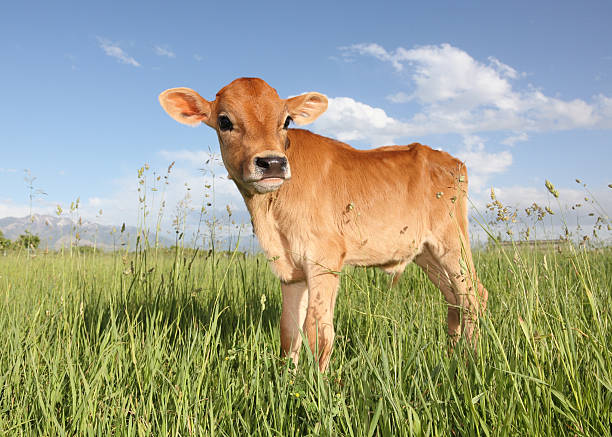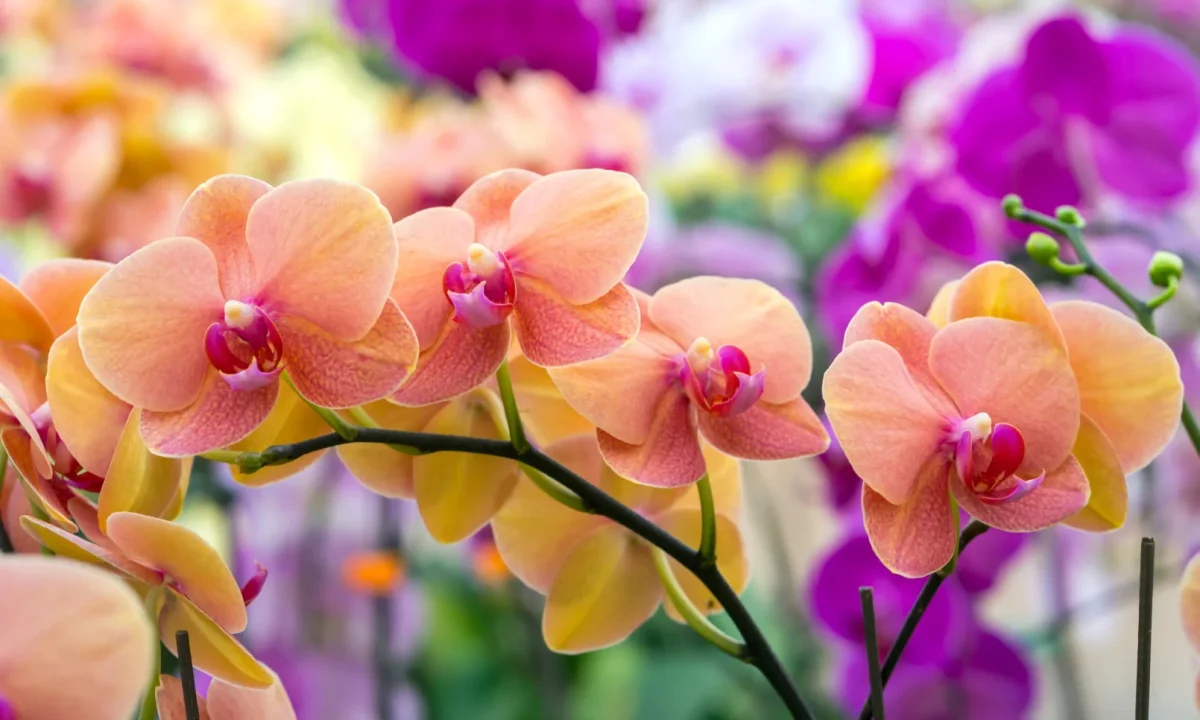Orchids are easily distinguished from other plants, as they share some very evident derived characteristics or synapomorphies.There are around 800 genera of orchids. All orchids are perennial herbs that lack any permanent woody structure.They can grow according to two patterns:
Monopodial: The stem grows from a single bud, leaves are added from the apex each year, and the stem grows longer accordingly. The stem of orchids with a monopodial growth can reach several metres in length.
Sympodial: Sympodial orchids have a front (the newest growth) and a back (the oldest growth).[6] The plant produces a series of adjacent shoots, which grow to a certain size, bloom and then stop growing and are replaced. Sympodial orchids grow horizontally, rather than vertically, following the surface of their support. The growth continues by development of new leads, with their own leaves and roots, sprouting from or next to those of the previous year, as in Cattleya. While a new lead is developing, the rhizome may start its growth again from a so-called ‘eye’, an undeveloped bud, thereby branching. Sympodial orchids may have visible pseudobulbs joined by a rhizome, which creeps along the top or just beneath the soil.
Orchid flowers have three sepals, three petals and a three-chambered ovary. The three sepals and two of the petals are often similar to each other but one petal is usually highly modified, forming a “lip” or labellum. In most orchid genera, as the flower develops, it undergoes a twisting through 180°, called resupination, so that the labellum lies below the column. The labellum functions to attract insects, and in resupinate flowers, also acts as a landing stage, or sometimes a trap.
Some used for Orchids are:
Perfumery:
The scent of orchids is frequently analysed by perfumers (using headspace technology and gas-liquid chromatography/mass spectrometry) to identify potential fragrance chemicals.
Horticulture:
The other important use of orchids is their cultivation for the enjoyment of the flowers. Most cultivated orchids are tropical or subtropical, but quite a few that grow in colder climates can be found on the market. Temperate species available at nurseries include Ophrys apifera (bee orchid), Gymnadenia conopsea (fragrant orchid), Anacamptis pyramidalis (pyramidal orchid) and Dactylorhiza fuchsii (common spotted orchid). Orchids of all types have also often been sought by collectors of both species and hybrids. Many hundreds of societies and clubs worldwide have been established. These can be small, local clubs, or larger, national organisations such as the American Orchid Society. Both serve to encourage cultivation and collection of orchids, but some go further by concentrating on conservation or research.
Food:
Vanilla fruit drying. The dried seed pods of one orchid genus, Vanilla (especially Vanilla planifolia), are commercially important as a flavouring in baking, for perfume manufacture and aromatherapy.
Orchids are very pretty but they can contain Pests, Diseases, and Cultural Issues like:
Orchid Pests: Scale, Mealybugs, Mites, Thrips, Slugs And Snails, Fungus Gnate, Aphids, Aunts, Whiteflies, Roaches, Caterpilers, Lubber Grasshopper, Orchid Blossom Midges.
Orchid Diseases: Water Molds, Bulb, Stem and Root Rot, Viruses, Bactria, Phyllosticta Leaf Spot, Botrytis, Black Rot, Mesophyll gell collapse.
Cultural Issues: Bud Blast, Edema, Nutrient Deficiencies, Salt Toxicity, Cutting Tools.


































